
Basilosaurid
What kind of animal is Basilosaurid?
Basilosaurid is a term for a family of extinct cetaceans, or whales, that lived from the middle Eocene to the late Oligocene Epoch, about 41 to 23 million years ago.
They were probably the first fully aquatic cetaceans, and some of them had long, serpentine bodies.
The most well-known genus of basilosaurids is Basilosaurus, which means "king lizard".
Basilosaurus was one of the largest animals of its time, reaching up to 18 meters in length.
It was a top predator that fed on fish and other marine mammals, such as Dorudon.
Basilosaurids had small hindlimbs that did not function on land, but may have been used for mating.
They also had different types of teeth, such as canines and molars, that allowed them to chew their food.
Basilosaurids are considered to be a paraphyletic group, meaning that they do not include all the descendants of their common ancestor.
The modern whales, or neocetes, are derived from a branch of basilosaurids that evolved more compact and streamlined bodies.
Basilosaurids are important fossils for understanding the evolution of whales and their adaptations to aquatic life.
Example of the color palette for the image of Basilosaurid
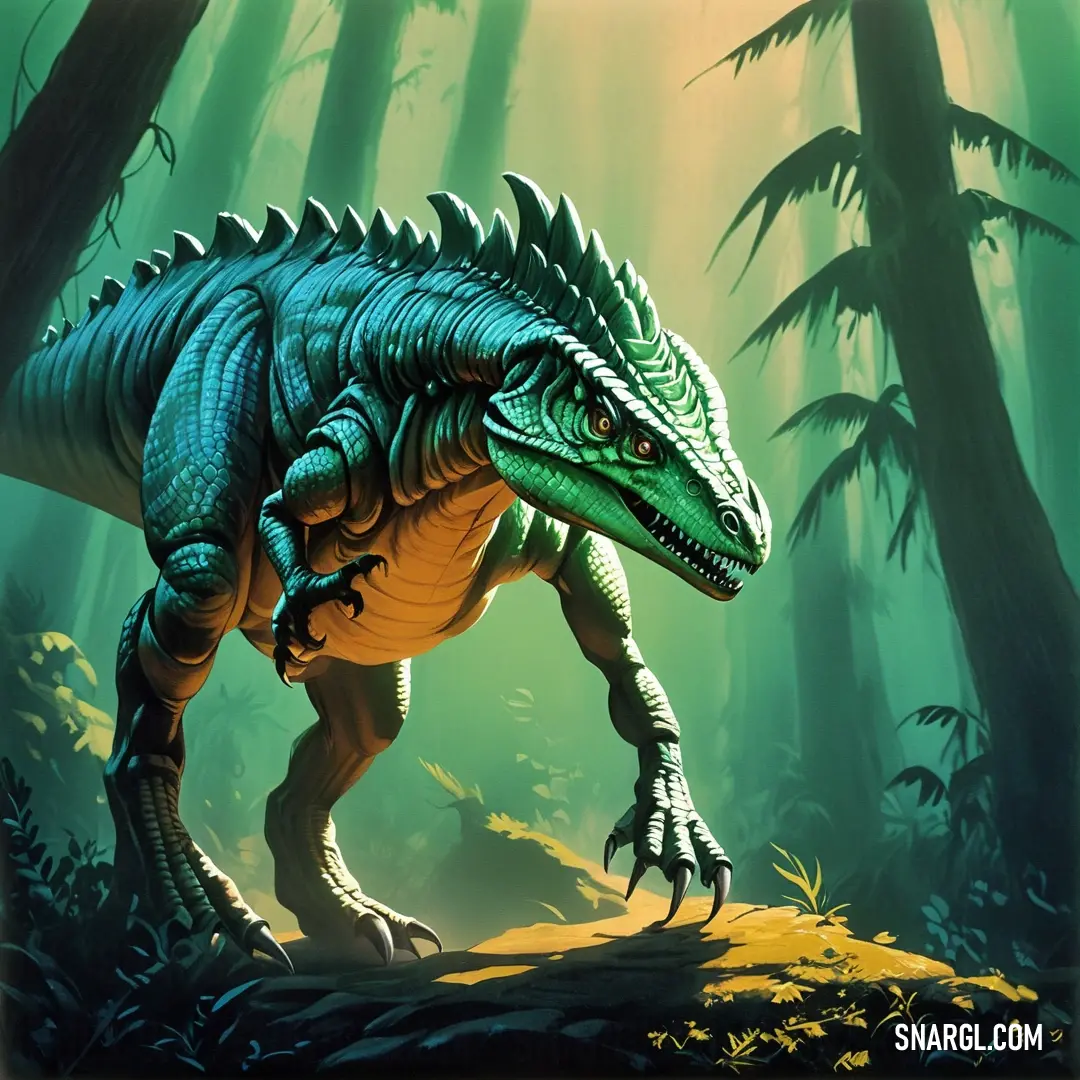
See these colors in NCS, PANTONE, RAL palettes...
Where does the Basilosaurid live?
Basilosaurids were a family of extinct cetaceans that lived from the middle to the late Eocene Epoch.
They were probably the first fully aquatic cetaceans and were distributed worldwide.
Some of the important fossils of basilosaurids have been recovered in Egypt, the United States, New Zealand, and Peru.


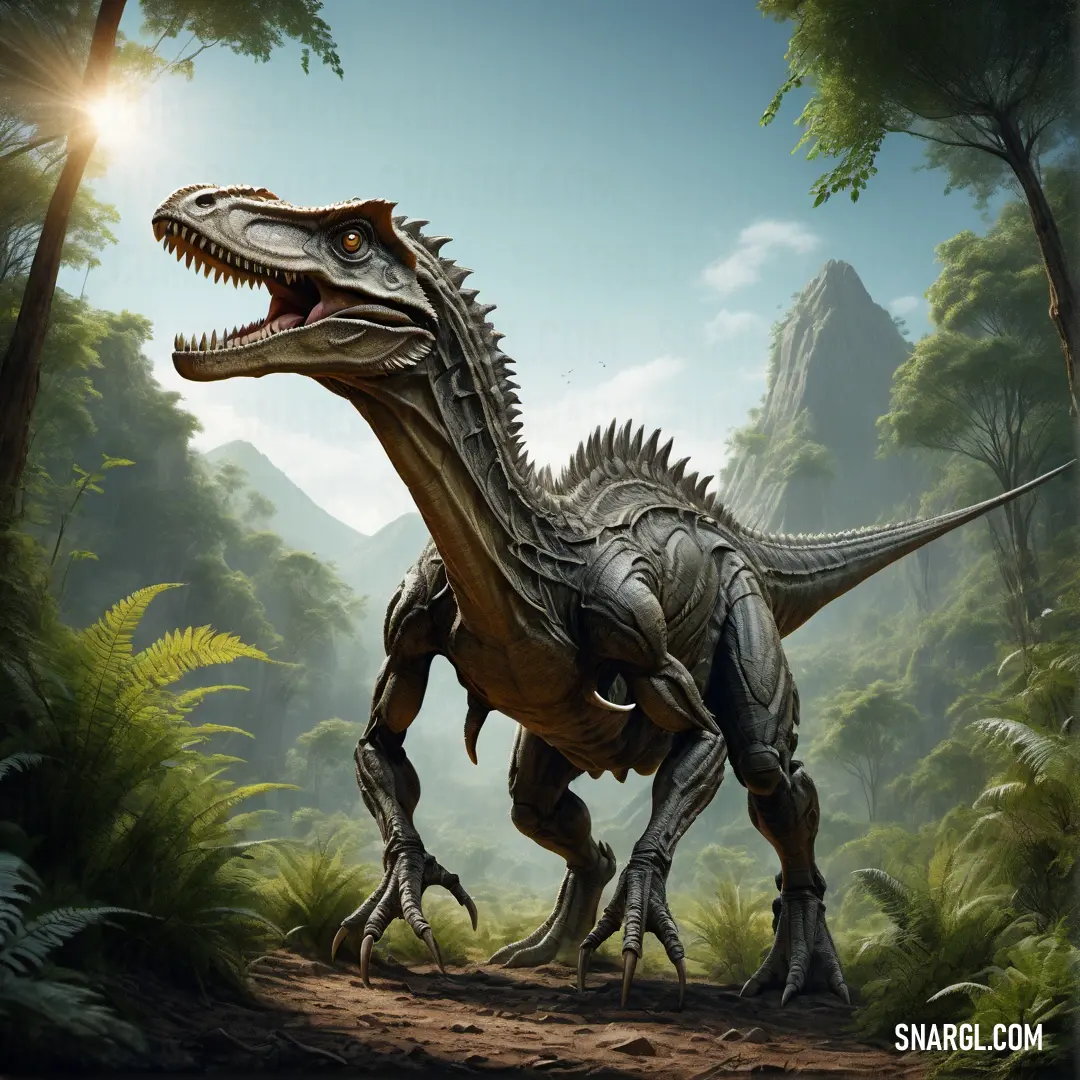
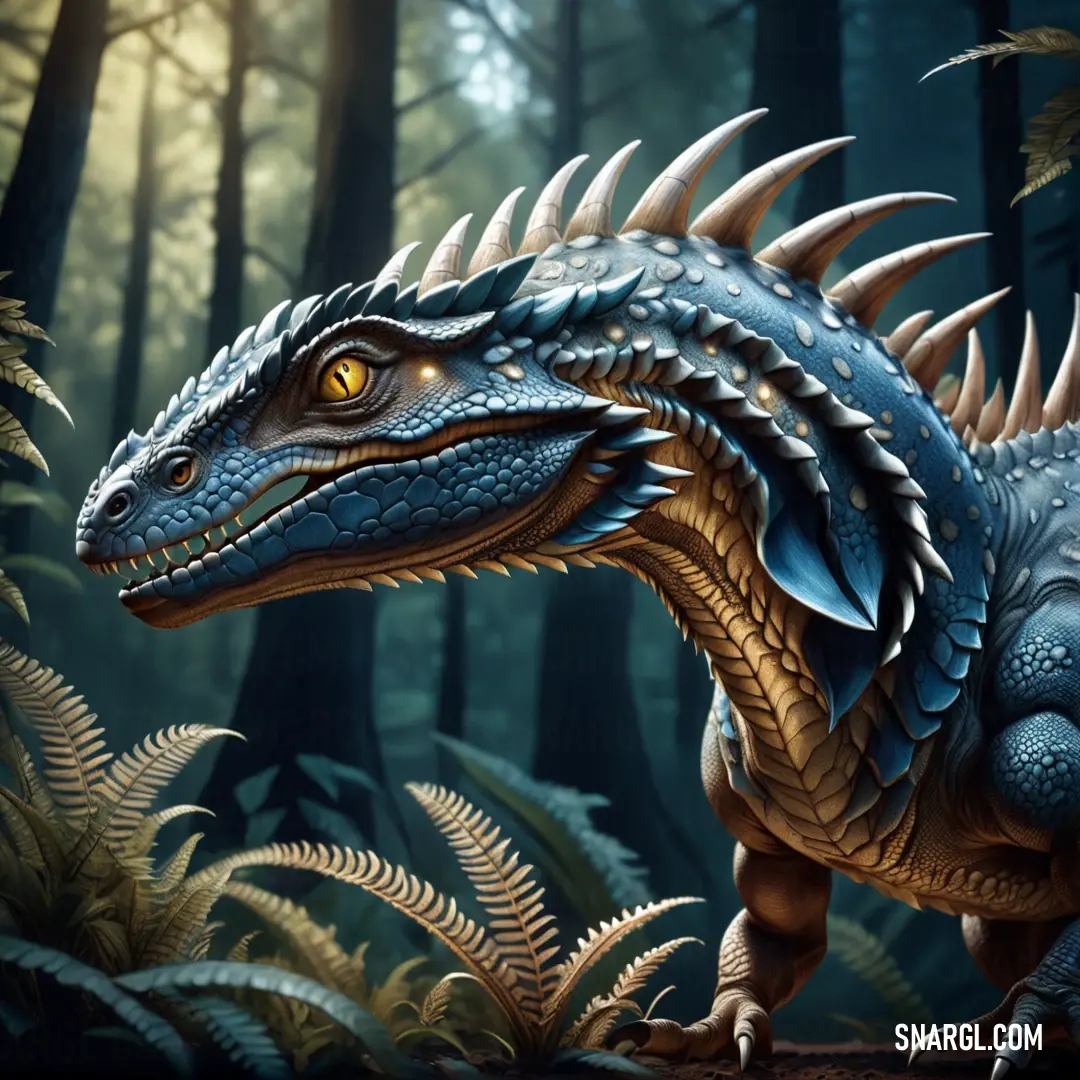


 Viridian
Viridian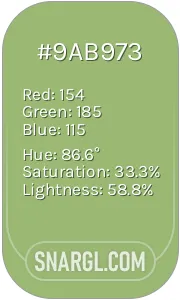 Olivine
Olivine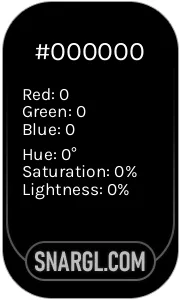 Black
Black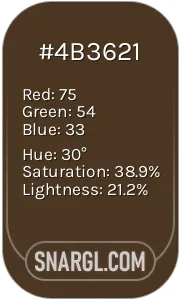 Cafe noir
Cafe noir Medium aquamarine
Medium aquamarine







